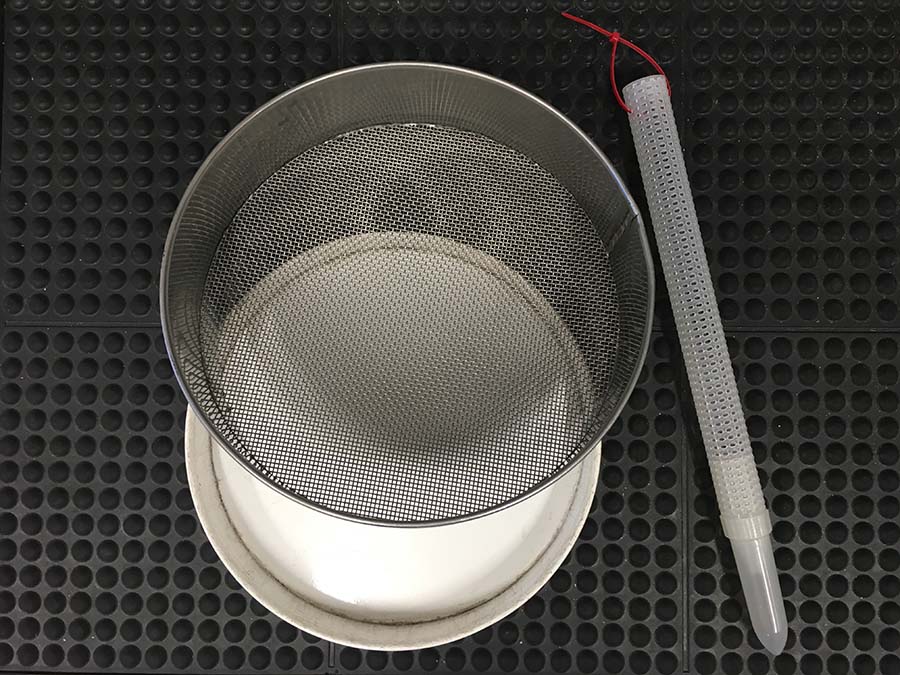On-farm grain storage has become an increasingly significant part of many Australian cropping operations. However, stored grain needs to be managed to ensure what you put in is the same quality when it comes out.
A 2018 survey by Kondinin Group found that on-farm storage capacity as a percentage of production was 41 per cent, with silos accounting for more than 80 per cent of capacity.
Storing grain on-farm successfully requires understanding the best practice for storage hygiene and monitoring. These practices can prevent moulds, insects and fungi becoming a problem and help you avoid costly quality downgrades.
Hygiene
Whether you store grain to sell later or to retain seed for sowing next season, having good stored grain hygiene practices is essential to protect your freshly harvested grain and your future financial returns.
Hygiene and protection practices for stored grain include:
- checking silo seals annually (pressure test your silos)
- leaving grain storage areas free from spilt grain after harvest
- cleaning headers, chaser bins, augers and trucks before and after harvest
- using a structural treatment to control any insects remaining in empty stores
- treating grain stored for more than six weeks for insect pests
- fumigating with phosphine in sealed silos only. Proper fumigation practices help prevent pest resistance levels increasing
- using electronic monitors to check large grain storages under fumigation
- monitoring grain at least monthly using sieve and probe traps to check for insect pests, and checking grain temperature.
Monitoring
It is important to monitor your investment and keep tabs on how it is tracking – so check your grain monthly for insects, mould and moisture.
A 2016 pilot study in southern Queensland, conducted by Greg Daglish from the Queensland Department of Agriculture and Fisheries, identified and provided recommendations on two simple methods that growers can use to detect pests in stored grain: sieving grain samples and using probe traps.
 A grain sieve and probe trap are useful tools for detecting insect pests in silos. Photo: Dr Greg Daglish
A grain sieve and probe trap are useful tools for detecting insect pests in silos. Photo: Dr Greg Daglish
Probe traps inserted near the grain surface tended to catch more beetles than traps inserted deeper. When using probe traps, the study recommended inserting them so that the top of the trap is level with the grain surface.
Inserting the probe trap into the grain through the top hatch is preferable to inserting it through the upper side hatch.
Probe traps should be inspected after one day in case there is a heavy infestation, as large numbers of insect pests can clog the traps. If no or few pests are trapped in the first day, a longer trapping period can be used.
Early morning is generally the best time to visually inspect the grain surface for pests as they are more likely to avoid the grain surface during the high temperatures and low humidity experienced during the middle of the day.
If you find anything unusual in your silos, report it to the Exotic Plant Pest Hotline on 1800 084 881.
More information: Available is a booklet by the Grains Farm Biosecurity Program on monitoring stored grain and GRDC’s stored grain website for grain storage, quality control and insect and pest management.

























































